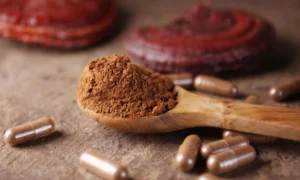There are a lot of companies competing in the production of food for dogs. While the companies are growing, the brands keep multiplying, thus making it hard for consumers to choose the best. It can be very difficult for a person owning a dog to physically compare and decide on the best brands to rely on.
We have already discussed in these earlier articles on the advantages of moist pet food and healthy dog food. Despite the growing dog food industry there exist some very core nutrients that the growing dog needs. Therefore, if you are looking for puppy food you need to look for these important nutrients.
1. Understand Puppy Nutrients Need
Puppy food is designed to give our best little friends twice as much nutrient as an adult mature dog requires. This is because the rate of growth of a puppy is faster than that of a mature dog. A puppy needs food rich in nutrients to ensure its muscles develop, body organs grow and boost their immune system.
The growth nutrients also need to come in simple forms. Their simplicity nature ensures that digestions are not difficult for effective and efficient absorption of nutrients. Therefore, if you are feeding a puppy, ensure its diet contains at least a third of protein. This is one factor you need to look for when buying that little dog growing food.
2. Duration of feeding
While puppy food is intended to stimulate growth and health, you need to be careful not to overseed the young one. Overfeeding means you give it more than it requires. This can make growth unhealthy as it can be obese. You also need to ensure you do not overfeed it with puppy food beyond its maturity stage.
It is recommended that a dog is fed the food for about a year. At this time the dog is expected to have grown to 80% of an adult dog. Some dogs grow faster than that and it is required that you stop feeding them this kind of food in this earlier stage.
3. Food Category
Most of the puppy food falls either being dry, moist, or something in between the two. Many people believe that most food is not good for a puppy because of its high water content and low amount of nutrients. While dry food isn’t too bad, feeding your puppy a blend of the two is advisable.
Being moist, the food can easily be digested and absorbed into the puppy’s bloodstream unlike the dry one. However, when purchasing such food ensure the salt content and fats are low to protect your puppy from obesity and super activity.
4. Choosing Brands
When choosing a brand among the many in the market, it is recommended you rely on one that has been certified and approved by a relevant authority. For instance, look for brands approved by the National Research Council. If your puppy requires specific nutrient supply then you may need to seek a specialist.
Puppy food should be given thrice in a day for approximately six months. The time of meals should be almost uniform and preferably when the young one is not disturbed. Ensure there is enough water in the puppy’s meal at all times for digestion and general health performance.



















